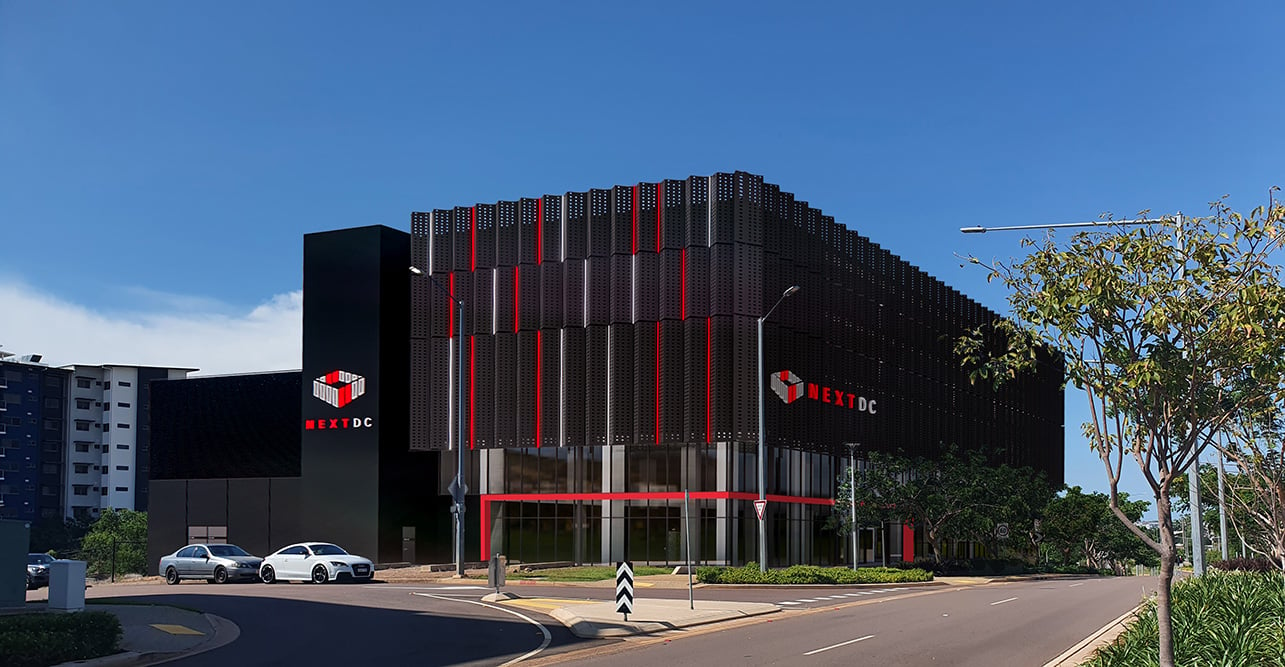If you have any sort of responsibility for your organisation’s network, you’re no doubt becoming increasingly familiar with the term MACsec (Media Access Control Security). It’s widely touted as the emerging standard in the war against data breaches and other security threats.
Great, you’re probably thinking. Yet another network security standard to keep up with – how much time and effort will this one cost me?
What is MACsec, and why should I care?
While it isn’t mandatory and has been around for a while, MACsec is a widely recognised Level 2 standard for securing network traffic. It works by decrypting and re-encrypting packets of data as they are transmitted across the network, a process known as hybrid encryption. It’s fast and convenient, without being less effective.
MACsec WAN is another term you may have come across. This is where the standard is applied to network switch or router devices.
All signs suggest that MACsec and MACsec WAN are on their way to becoming a minimum standard – particularly for government organisations, plus those in highly regulated industries such as finance and healthcare.
I’m not in government, finance or healthcare, so do I really have to worry about MACsec?
The short answer is yes. There are two key reasons for this:
-
Those critical industries may be the immediate focus, but others will follow – as they always do.
-
If you want to do business with organisations in those industries – or even become part of their very broad value chain or ecosystem – it’s likely they will only deal with you if you can demonstrate MACsec compliance.
This isn’t really about MACsec.
Well, it is, and it isn’t. I’m just a humble network engineer – albeit an experienced one – and I can’t say for certain we’ll all be striving for MACsec compliance in three years’ time. No-one can give you that guarantee because no-one knows.
But that’s the point. You can’t keep betting on the latest technology because it could be superseded before you get it bedded in. Best let trusted service providers ensure you’re always compliant with the latest standards and leveraging innovation.
A great example from the archives: when Apple started developing network-connected Macintosh devices in the 1980s, they developed the AppleTalk suite of networking protocols. However, AppleTalk proved no match for the emerging Ethernet protocol. Ethernet thrived, AppleTalk floundered, and Apple was forced to adapt.
However, keeping up with the latest standards and protocols – MACsec or otherwise – is just one of several headaches you’ll encounter if betting all chips on building and maintaining your own physical network.
Recent disruptions to global supply chains and current lead times for networking equipment are extensive. You’ll be waiting upwards of a year for key parts for new builds and maintenance. On top of that, fundamental economic principles of supply and demand are in play. High demand and short supply means inflating prices.
Could NaaS be the (network) saviour?
Network-as-a-Service (NaaS) is emerging as a strong alternative to designing, deploying and maintaining your own network infrastructure. As the name suggests, NaaS brings cloud consumption principles to corporate network delivery, meaning:
Network hardware, software, services, management and licensing components are all packaged in a flexible consumption model. You only pay for what you use like a utility service.
The transaction is ‘virtual’ – you buy interconnectivity as a service, not the underlying components. You can also opt-in, opt-out and configure your network remotely.
Network expenses migrate from the CAPEX to the OPEX balance sheet, freeing up precious investment dollars for IT transformation and innovation projects.
It’s a concept that’s quickly gathering steam in the tech world. You may have heard the recent announcement from Amazon Web Services (AWS) that Sydney has been selected as one of the initial locations for the launch of Telco Network Builder, a fully managed NaaS offering to help customers take advantage of its infrastructure.
Sounds great, but what are the actual benefits of NaaS?
Glad you asked! There are many, including three big ones:
-
Future-proof your network. You won’t need to get out your crystal ball and forecast your plans based on MACsec, MACsec WAN, or another protocol that could pop out of nowhere. Leave all that to your NaaS partner, and get on with your core business.
-
Simplify your interconnectivity strategy. We know that getting interconnectivity right is a top headache for many of you. NaaS can help to solve that pain point because you’ll be buying into your provider’s own interconnection capability.
With the right partner, you’ll achieve seamless, “set and forget” unification of your locations, people, data and digital workloads.
-
Enhance flexibility and agility. With the correct provider, everything about NaaS is easier, because it just works. It’s incredibly resilient. It’s easy to upgrade from any device – you can go from 1G to 100G in the blink of an eye. And back down again; only paying for what you use. And your people aren’t getting bogged down in maintaining your network.
This means that as well as enabling a greater focus on core business, many of our AXON customers are noticing improvements in their innovation and development cycles.
Ready to find out more about Network-as-a-Service?
We’d love to help you take the hassle out of managing your network, so you can get back to core business and accelerate innovation. Reach out to us today and ask about our NaaS solution, delivered via our powerful AXON interconnection platform.


